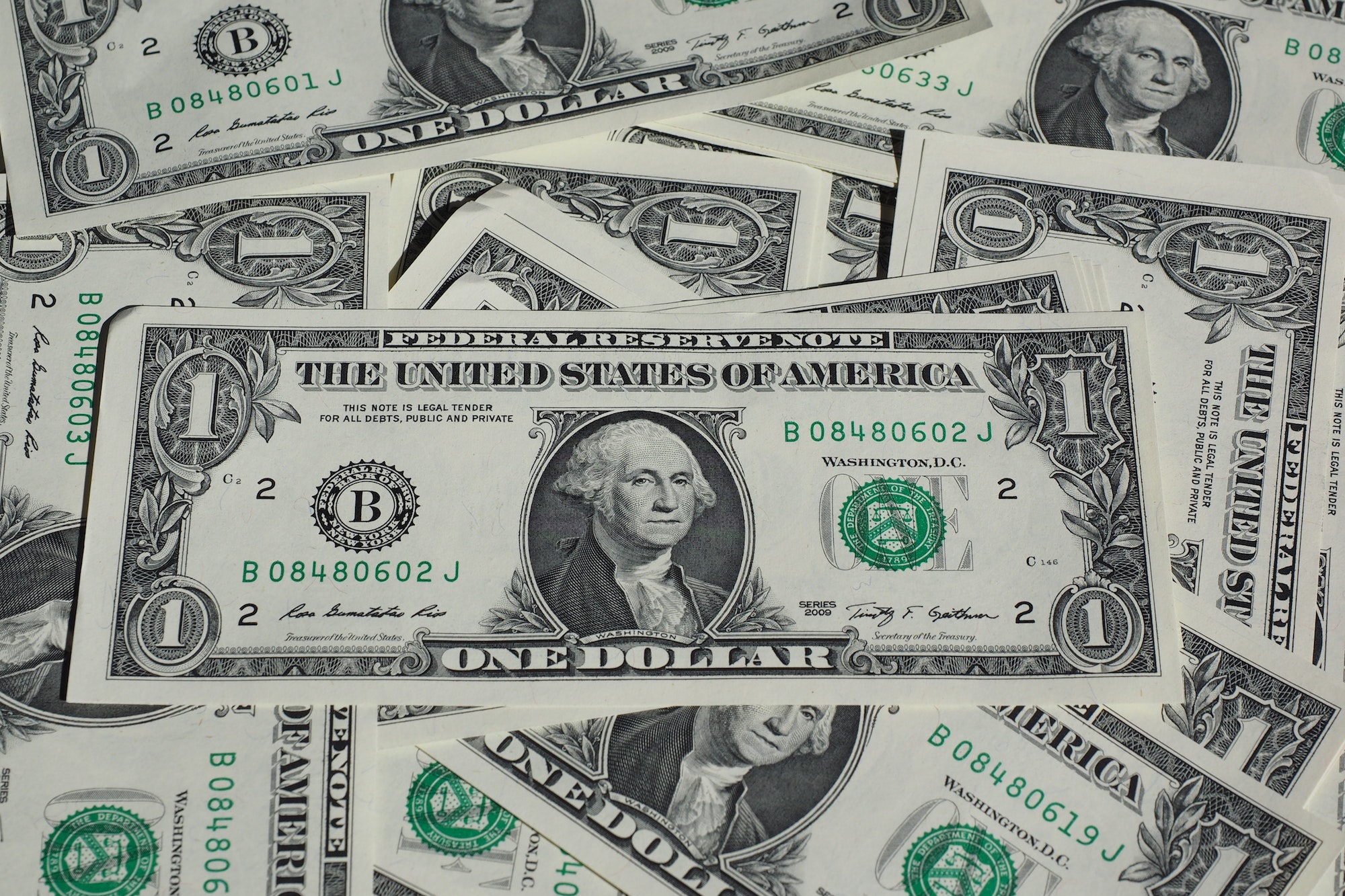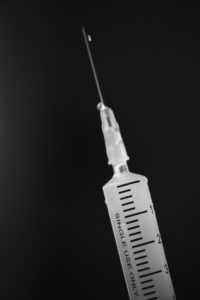Opioids in American History

The worldwide opioid epidemic isn’t the fault of any single individual, nor could it have been stopped. This is a clear case of history repeating, but with a slight variation. While information concerning the numbers of those who died of drug overdoses in the past is hard to find, it’s undoubtedly true that many people lost their lives under the spell of powerful drugs. Opium and all of its derivatives were the worst parts of addiction sicknesses of the past. Without modern drugs and opiate inhibitors on which we rely today, an overdose on drugs was almost certainly a death sentence.
Without knowing, for sure, how many people died of what types of drugs, it’s impossible to say, for sure, how deadly the first opioid epidemic in the United States truly was. Without the death count, though, there are plenty of records of addiction to the substances of concern. Some of the first rehab clinics opened in response to people living with addiction to heroin. As certain pockets of the United States grew addicted to these newly-available drugs, alcoholism raged on, and smoking steadily increased in popularity, the price of tobacco slowly trickling down to the classes who once weren’t able to afford them.
Arrival on American Soil
 Opium was already a well-known and often-used remedy throughout Europe by the time the United States was founded. As trade from the United States and Europe began, opium was included in many, many shipments. As the opium supply in the United States grew, it was distributed behind battle lines and given to anyone who needed treatment. As popular as the treatment was in the United States, it was infinitely more popular in Europe, from whence the opium was shipped. George Washington was reported to have an addiction to laudanum, a tincture of varying amounts of opium and alcohol that was sold in small, glass vials, and taken directly from the vial, or with a spoon. The first president apparently took large amounts of the drug to alleviate the pain from his teeth, as he wore uncomfortable dentures. There don’t seem to be any instances of laudanum used in a syringe, but syringes changed the drug game entirely. As anyone can imagine, a litany of natural herbal treatments were available, at the time, but their power was far surpassed by potent opium.
Opium was already a well-known and often-used remedy throughout Europe by the time the United States was founded. As trade from the United States and Europe began, opium was included in many, many shipments. As the opium supply in the United States grew, it was distributed behind battle lines and given to anyone who needed treatment. As popular as the treatment was in the United States, it was infinitely more popular in Europe, from whence the opium was shipped. George Washington was reported to have an addiction to laudanum, a tincture of varying amounts of opium and alcohol that was sold in small, glass vials, and taken directly from the vial, or with a spoon. The first president apparently took large amounts of the drug to alleviate the pain from his teeth, as he wore uncomfortable dentures. There don’t seem to be any instances of laudanum used in a syringe, but syringes changed the drug game entirely. As anyone can imagine, a litany of natural herbal treatments were available, at the time, but their power was far surpassed by potent opium.
After the Revolutionary War
Two important cultural notes from this time period will help you to understand exactly how different the times were. First of all, it’s estimated that the average colonist (and subsequent American) drank far more than we do today. They drank so much, and so often, we would today consider them functional alcoholics. Second, healing was focused on relieving symptoms, as technology didn’t allow doctors to find the real source of the pain. This psychology around healing, understandable as it was, could often worsen illnesses. This type of healing is behind bloodletting, a practice that was still used in the 18th century.
Everyone, though, wasn’t interested in drinking often, or in taking medicine forever. Dr. Benjamin Rush, a prominent physician, and one of the signatories of the Declaration of Independence, urged those around him to moderate their drinking. He advocated for compassionate treatment for ‘drunks,’ and wrote extensively about the issue. It was from him that the rehab industry can trace its roots: he was the first to suggest that excessive drinking wasn’t a moral failure, but a sickness that required treatment and time for healing.
Indigenous nations were radically changed by both the arrival of deadly European pathogen, and later by their expansion, finding themselves caught in the middle of the colonizers’ greedy pursuit for more and more land. Part of the collision of cultures was the rising amount of alcohol given to the barely-tolerant native peoples, which resulted in generations of struggles with alcoholism that continue to this day. As Dr. Rush made history advocating for white people living with alcoholism, indigenous people looked within their communities for healing, and the first sober circles appeared during the later part of the 18th century.
Morphine Changes Everything
The Revolutionary War wasn’t the only war fought on American soil, and treated with opium – the Civil War had a much more deeply-felt affect on the country’s overall health. Men, of course, were the ones exposed to the most severe instances of fearful and traumatic incidents, as well as being the first to experience the power of morphine. Morphine arrived from Europe sometime in the 1850s, shortly after having been synthesized. The first hypodermic needles were used throughout the Civil War to treat patients.
The Civil War was bloody, killing many, and wounding many more. It was widely considered very lucky to return from the Civil War at all, but to return intact was rare among the survivors. Because of the era, and the lack of medical technology, and the conditions surrounding the sick and wounded, the amounts of morphine that was consumed during that time steadily grew. By the end of the war, nearly three million morphine tablets had been given to Union soldiers. Confederate soldiers, too, were using the cureall with similar effects.
After the Civil War, ‘soldier’s disease’ became a problem across the class backgrounds of many white Civil War veterans. More and more former soldiers would use the types of opiate medications that they could. Many turned to their doctors for treatment for their addictions, which was, more often than not, an injection of the necessary morphine. Heroin was synthesized during the Civil War, and arrived in the United States shortly thereafter. Heroin’s job was two-fold: it was used to treat pain from extreme trauma, such as shots, stabbings, and childbirth, as well as a treatment for ‘soldier’s disease,’ another name for morphine addiction. Treating morphine addictions with even-stronger heroin turned out to be a fatal mistake for many patients.
Today, we’re fortunate to have more options for pain relief, as well as relief from symptoms of addiction. If you or someone you know needs assistance with addiction to drugs and alcohol, contact a local reputable treatment center.




